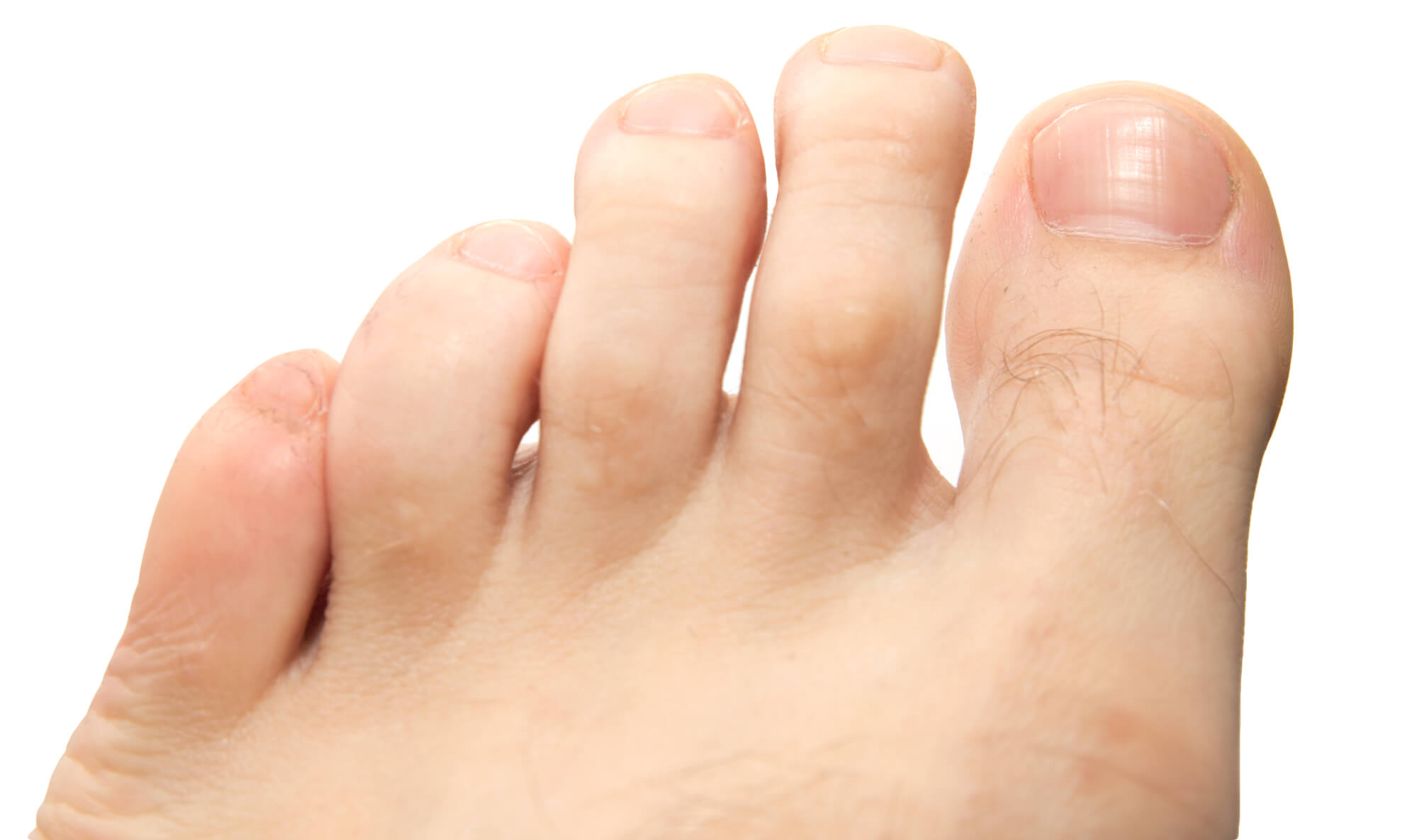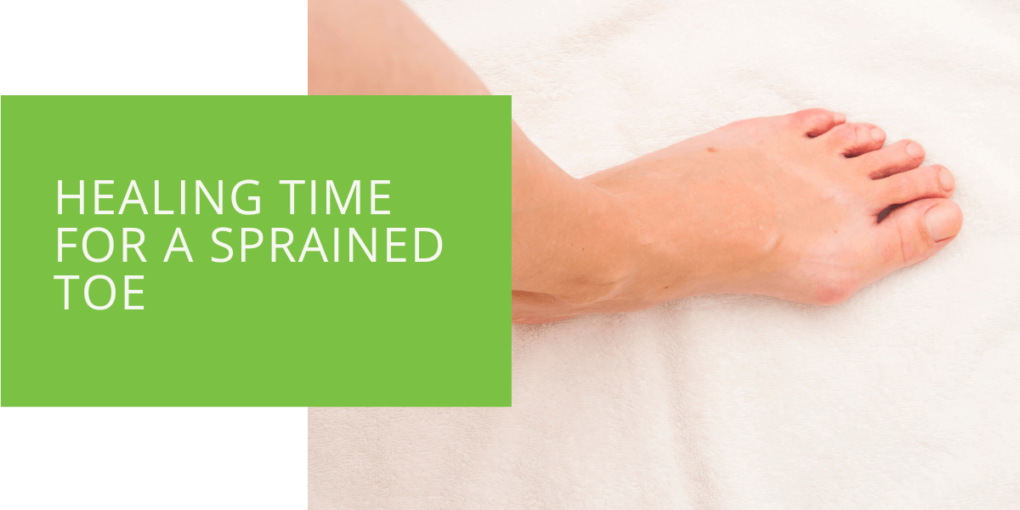Understanding the Healing Time for a Sprained Toe
Injuries to the toes, particularly sprains, can be painful and debilitating. If you've recently experienced a sprained toe, you may wonder how long it will take to heal and what factors can influence recovery. In this comprehensive guide, we'll delve into the intricacies of toe sprains, their healing time, and everything you need to know to ensure a smooth recovery.
Key Takeaways
- The healing time for a sprained toe varies based on factors such as severity, age, and treatment adherence.
- Differentiating between sprained and broken toes is crucial for appropriate care.
- Preventive measures, including proper footwear and strengthening exercises, can help minimize the risk of toe injuries.
The Healing Process of a Sprained Toe
When a toe is sprained, the ligaments surrounding the toe joint have been stretched or torn. Understanding the stages of healing can help manage expectations and promote optimal recovery.
Initial Recovery Period
The first few days following a sprained toe are crucial for managing pain and inflammation. This phase focuses on the RICE protocol: Rest, Ice, Compression, and Elevation. Resting the injured toe minimizes further damage, while applying ice helps reduce swelling and alleviate pain. Compression with a bandage or wrap provides support and limits swelling, while elevation helps drain excess fluid from the injured area.
Intermediate Healing Phase
As the initial swelling subsides, the toe enters a phase of active healing. During this stage, scar tissue forms to repair the damaged ligaments. While scar tissue is essential for stabilizing the joint, it can also lead to stiffness if not managed properly. Gentle range-of-motion exercises, guided by a healthcare professional, can help prevent stiffness and maintain flexibility in the toe joint.
Final Stage of Rehabilitation
In the final stage of recovery, the focus shifts to restoring full function to the toe. Physical therapy exercises, such as toe curls and toe stretches, may be prescribed to strengthen the muscles surrounding the toe joint and improve balance. Gradually reintroducing weight-bearing activities while avoiding high-impact exercises is crucial to prevent reinjury and ensure a successful recovery.
Factors Influencing Healing Time
Several factors can influence how long it takes for a sprained toe to heal:
The severity of the Sprain
The severity of the sprain, ranging from mild to severe, can significantly impact the healing time. Mild sprains may resolve within a few weeks with conservative treatment, while severe sprains or complete ligament tears may require months of rehabilitation.
Age and Overall Health
Younger individuals with good overall health tend to heal more quickly than older adults or those with underlying medical conditions. Factors such as circulation, immune function, and nutritional status can all affect the body's ability to heal.
Compliance with the Treatment Plan
Adhering to the prescribed treatment plan is essential for optimal recovery. This may include rest, physical therapy exercises, wearing supportive footwear, and avoiding activities exacerbating the injury. Failing to follow the treatment plan can prolong healing time and increase the risk of complications.
Level of Activity
Continuing to engage in activities that put stress on the injured toe can impede the healing process. Limiting weight-bearing activities and avoiding high-impact exercises allow the toe to heal without undue strain.
Underlying Conditions or Injuries
Pre-existing conditions such as arthritis or previous injuries to the same toe joint can complicate healing. Addressing underlying issues may be necessary to facilitate recovery and prevent future injuries.

Differentiating Between a Sprained Toe and a Broken Toe
While both sprained and broken toes share similar symptoms, distinguishing between the two is crucial for appropriate treatment:
Symptoms of a Sprained Toe
- Pain and swelling around the affected joint
- Limited range of motion
- Bruising or discoloration
- Mild instability or looseness in the joint
Symptoms of a Broken Toe
- Severe pain, especially with weight-bearing
- Visible deformity or misalignment of the toe
- Inability to move the toe
- Excessive swelling or bruising
Diagnosis Process
A podiatrist can differentiate between a sprained and broken toe through a physical examination, X-rays, or other imaging tests. Prompt and accurate diagnosis is essential for determining the appropriate course of treatment.
Common Treatments for Sprained Toes
Rest, Ice, Compression, Elevation (RICE)
Resting the injured toe allows the body to initiate the healing process. Ice helps reduce pain and inflammation, while compression with a bandage or wrap provides support and stability to the injured joint. Elevating the foot above the heart level helps minimize swelling by promoting fluid drainage.
Pain Management
Over-the-counter pain relievers, such as acetaminophen or ibuprofen, may be recommended to alleviate discomfort associated with a sprained toe. Topical analgesic creams or gels can also temporarily relieve pain and swelling.
Immobilization with Splinting or Taping
Immobilizing the toe with a splint or tape helps prevent further injury and promotes proper alignment during healing. A podiatrist can apply a custom-made splint or guide to tape the toe effectively.
Physical Therapy
Physical therapy exercises are crucial in restoring the injured toe's strength, flexibility, and range of motion. A physical therapist can develop a customized exercise program tailored to the individual's needs and goals.
Surgical Intervention (in severe cases)
Surgical intervention may be necessary in cases of severe toe sprains or ligament tears that do not respond to conservative treatment. Surgery aims to repair the damaged ligaments and restore stability to the toe joint.

Turf Toe: A Special Case
Turf toe is a specific sprain that affects the big toe joint, commonly seen in athletes on artificial turf surfaces.
Understanding Turf Toe
Turf toe occurs when the ligaments surrounding the big toe joint are hyperextended, often due to sudden stops or changes in direction. This type of injury can be particularly challenging to recover from due to the high demands on the big toe during athletic activities.
Treatment Approaches
Treatment for turf toe typically involves a combination of rest, ice, immobilization, and physical therapy. In severe cases, surgical intervention may be necessary to repair the damaged ligaments and restore stability to the joint.
Expected Recovery Time
The recovery time for turf toe varies depending on the severity of the injury and the individual's response to treatment. Mild cases may resolve within a few weeks with conservative measures, while more severe injuries may require several months of rehabilitation.
Preventive Measures to Avoid Toe Injuries
Taking proactive steps to prevent toe injuries can help minimize the risk of sprains and other problems:
Proper Footwear Selection
Choosing footwear that provides adequate support and protection for the feet can help reduce the risk of injury. Shoes with a wide toe box and good arch support are particularly beneficial for preventing toe sprains.
Warm-Up and Stretching Routine
Engaging in a thorough warm-up and stretching routine before physical activity can help prepare the muscles and ligaments for exercise. Focus on gentle stretching exercises that target the muscles of the feet and ankles.
Strengthening Exercises
Incorporating strengthening exercises into your regular workout routine can help improve the stability and resilience of the toe joints. Toe curls, toe spreads, and towel scrunches are all effective exercises for strengthening the muscles of the feet.
Paying Attention to Surface Conditions
Be mindful of the surfaces you walk or exercise on, as uneven terrain or slippery conditions can increase the risk of falls and injuries. Avoid walking or running on excessively hard, uneven, or slippery surfaces whenever possible.
Conclusion
The healing time for a sprained toe can vary depending on factors such as the severity of the injury, age, overall health, and compliance with the treatment plan. Differentiating between a sprained and broken toe is crucial for appropriate treatment and timely recovery. Remember, our team at ePodiatrists is here to help you diagnose and treat your sprained toe effectively. Don't hesitate to schedule an appointment if you're experiencing any discomfort or have concerns about your toe injury. Trust us for expert care and guidance throughout your recovery journey.

